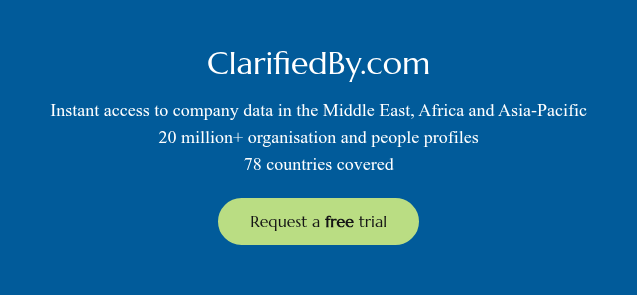Technology-driven growth takes centre stage in the GCC
Read moreDiligencia 10 years on – Part 2
As I look back over the last ten years I am struck by the fact that the MENA region has seen seismic changes. Quite apart from the political upheavals, notably the so-called Arab Spring, which at times led to a revolving door of the subjects we were asked to research, the following cases have had a particular impact on me:
- The bursting of the Dubai real estate bubble in 2008 following the global financial crisis prompted a huge amount of interest in the major real estate players whose very survival at that point looked in doubt. It being a key strategic sector for both the Dubai and federal governments, unprecedented levels of financial support were made available and we now see companies such as Damac, Nakheel, and Emaar continuing to prosper today.
- The under-appreciated risk exposure of some of the largest family-controlled businesses, including the unprecedented 2009 collapse of the Saudi Arabia-based Al Gosaibi empire, where as much as USD 20 billion was put at risk through the collapse of two banks in Bahrain, leading to the financial downfall of the 70-year-old business and, in turn, the Saad Group empire, run by Maan Al-Sanea, an entrepreneur who married into the Al-Gosaibi family.
- Following the 2011 uprising, Ahmed Ezz was convicted of a number of different corruption charges and jailed. Ezz is the former Chairman of Ezz Steel, the largest steelmaker in the Middle East and North Africa, which controls some 50 percent of Egypt’s steel market. All of the cases against him were later overturned after he reached a financial settlement with the State.
- As part of a major foreign direct investment, Amazon reportedly paid between USD 650 million and USD 750 million to acquire Middle Eastern e-commerce firm souq.com. The retail company had a market share of some 78% of e-commerce traffic in the Middle East and North Africa, with 45 million website visits per month. In so doing, Amazon extended its reach in seven countries: the UAE, Saudi Arabia, Kuwait, Egypt, Bahrain, Oman and Qatar.
- The scandal surrounding Unaoil, the Monaco based company owned by the Iranian Ahsani family, with operations in the UAE and Iraq. For nearly twenty years, Unaoil is widely reported to have systematically distributed many millions of dollars of bribes on behalf of global giants, including Samsung, Rolls-Royce, Halliburton and Leighton Holdings.
- Oman’s Consolidated Contractors Company Oman was at the centre of a bribery scandal that resulted in a former commerce minister being jailed for corruption. He was found guilty of paying bribes worth USD 1m to a former transport ministry undersecretary, in order to win a contract linked to Muscat’s airport expansion for CCC Oman, of which he was a shareholder.
- Finally, the case of SAMIR, the biggest casualty of the oil price crash of 2014-2015, which collapsed with unpaid debts of over USD 1 billion.
Despite these ups and downs, it is heartening to see the positive trend in foreign direct investment throughout the Arab world in the last couple of years, even though the flows have been volatile. Egypt is emerging as the region’s biggest recipient of FDI after years of investors shying away, and even Algeria has re-entered the top 10 list following an influx of investment from China.
For Diligencia, the UAE is consistently our busiest jurisdiction followed by Saudi Arabia and relative newcomer Iran which is attracting largely non-US investors with an eye on the significant opportunities there and a stomach for risk.
Efforts by regional governments to increase transparency and to combat corruption have been uneven over the last decade, but new anti-money laundering legislation and compliance requirements from the US and Europe will continue to exert pressure on regional companies to improve their know your customer (KYC) and know your supplier (KYS) processes. I am hopeful that we are on a path towards continuous improvement. As the old saying goes, the only constant is change and with Saudi Arabia already embarking on a radical transformation, I have no doubt that the MENA region will look very different in 2028.
Here’s to the next 10 years
